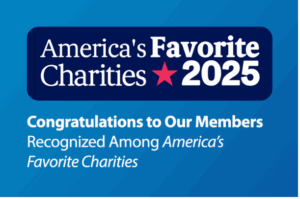Sarah Ford | June 2, 2015
Police in schools put vulnerable students at risk of being unnecessarily pushed into justice system
Parents and educators may assume that police patrolling school hallways make for safer schools, but mounting evidence is showing that the practice can needlessly push some of a school’s most vulnerable students out of class and into the justice system, according to the SPLC’s summer issue of Teaching Tolerance magazine.
The article – “False Sense of Security” – examines research that shows children of color, children with disabilities and LGBT youths are more likely than their peers to be pushed into the justice system, often over routine discipline matters that have become the purview of police officers in many communities.
“Everyone wants to ensure that school is a safe place for a child to learn and grow,” said Teaching Tolerance Director Maureen Costello. “But educators must be aware that putting police officers in their schools doesn’t magically solve their problems. It raises a host of other issues. Far too many schools have handed routine discipline matters over to the police. Students should not end up in the justice system over a dress code violation.”
The article offers best practices for schools and highlights how communities in Georgia, California and Colorado are creating safer and more nurturing schools.

Get Resources and Insights Straight To Your Inbox
Explore More Articles
Congratulations to Our Members Recognized Among America’s Favorite Charities
Each year, The Chronicle of Philanthropy releases its list of America’s Favorite Charities—the 100 nonprofits that raise the most from individual donors, foundations, and corporate…
Read ArticleThe Future of Corporate Giving: How Nonprofits Can Prepare
Corporate giving is a valuable part of the nonprofit funding ecosystem. Companies large and small have incorporated philanthropic efforts into their overall business plans, from…
Read ArticleJoin Us at the Workplace Fundraising & Volunteering Summit!
We’re excited to announce that America’s Charities President, Jim Starr, and Board Member, Fernando Lorence of JP Morgan Chase, will be speaking at the Workplace…
Read ArticleGet Resources and Insights Straight To Your Inbox
Receive our monthly/bi-monthly newsletter filled with information about causes, nonprofit impact, and topics important for corporate social responsibility and employee engagement professionals, including disaster response, workplace giving, matching gifts, employee assistance funds, volunteering, scholarship award program management, grantmaking, and other philanthropic initiatives.




